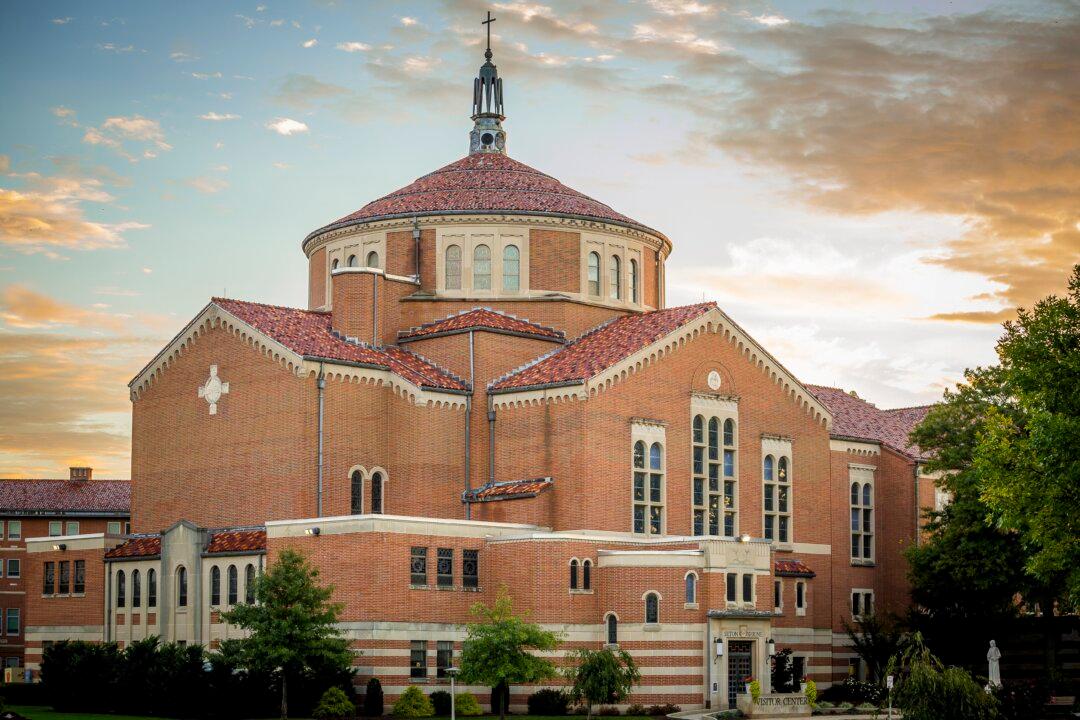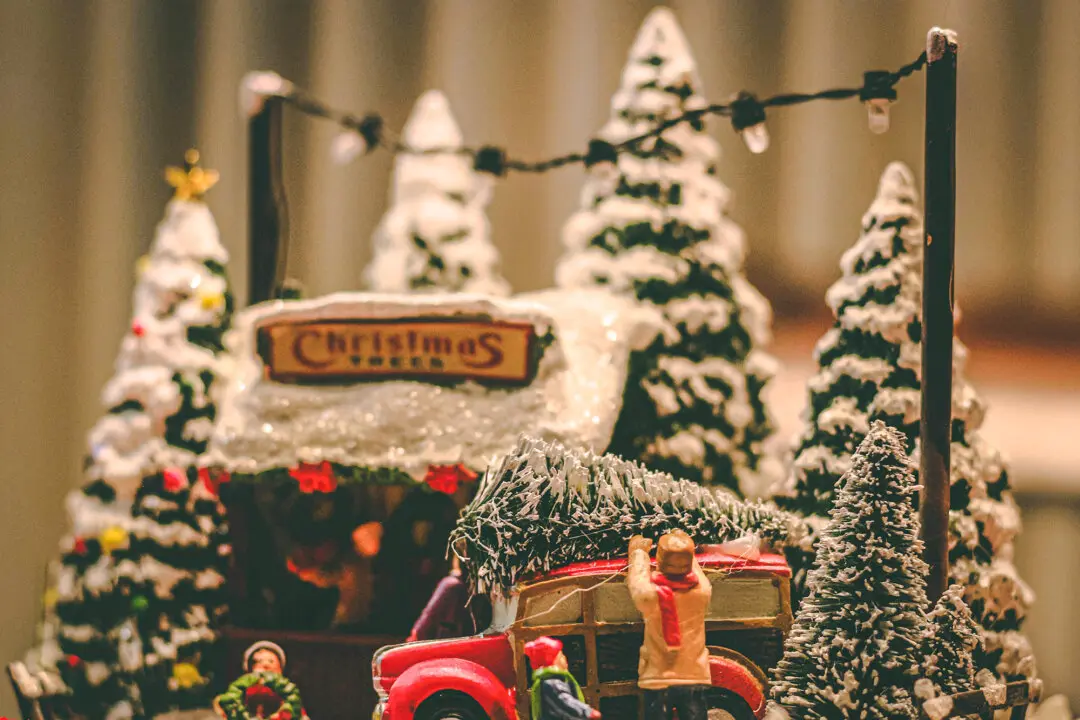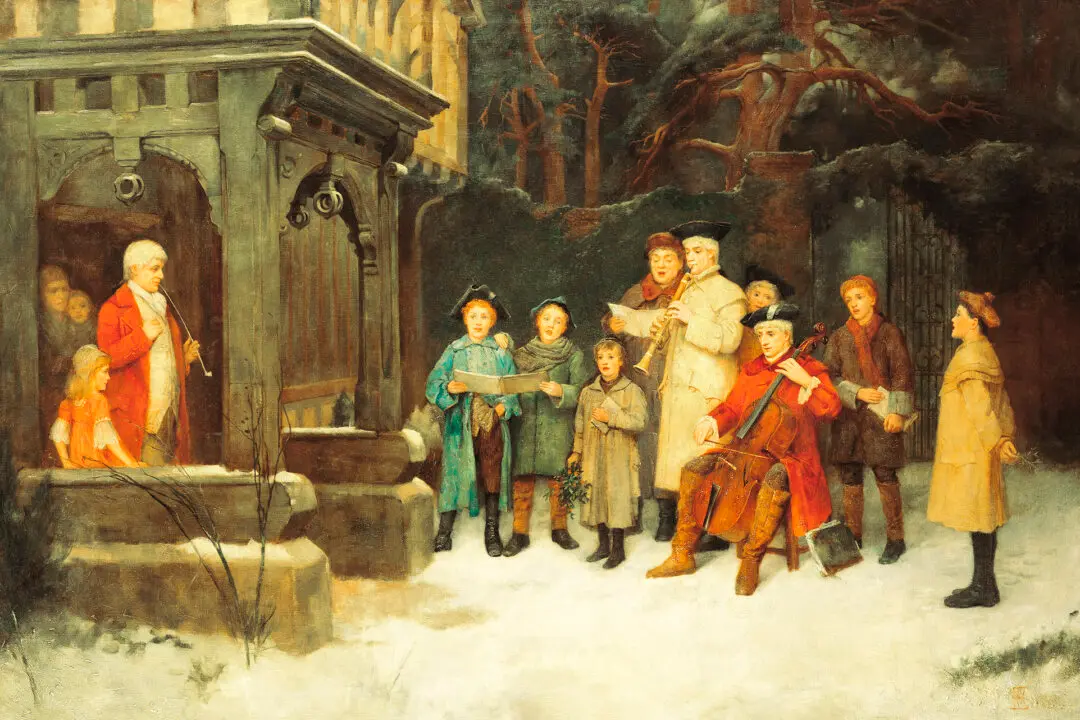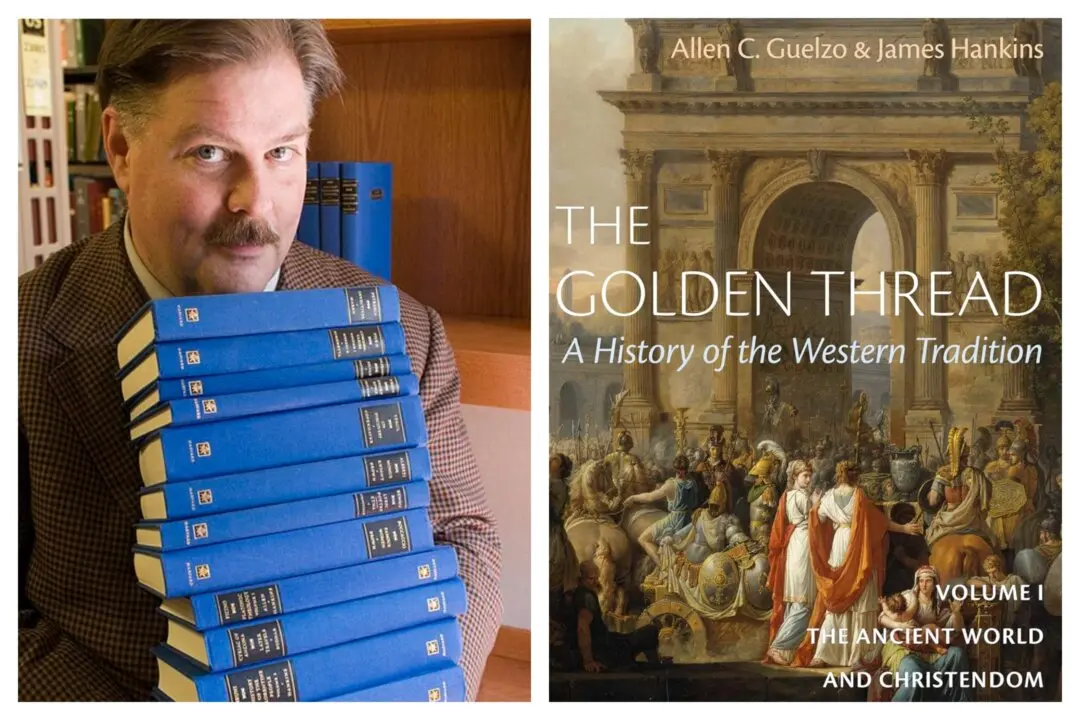In November 1803, the Shepherdess, the ship carrying 29-year-old Elizabeth Ann Seton, her husband William, and their 8-year-old daughter Anna, the oldest of five, docked at Leghorn, Italy. Their desperate hope that this change of climate might cure Will’s tuberculosis immediately turned into a nightmare.
Their home and their port of departure, New York, was in the throes of a yellow fever epidemic, and the Shepherdess had arrived in port without medical clearance. Consequently, mother, father, and daughter were forced to spend over a month in a lazaretto, a cold, damp quarantine center that took its name from the biblical Lazarus. In the diary she’d begun on board ship, Elizabeth called this place their “prison.”






